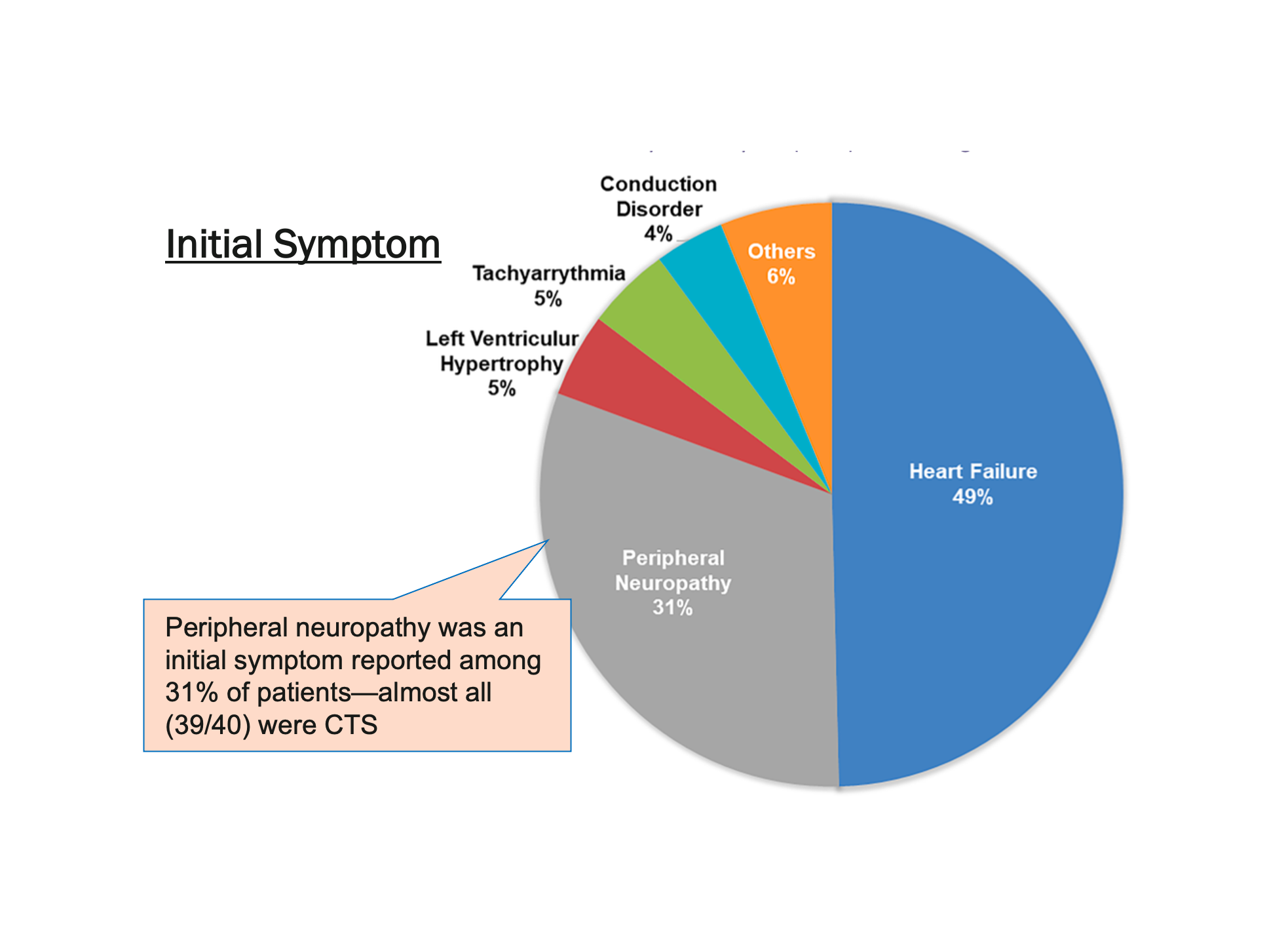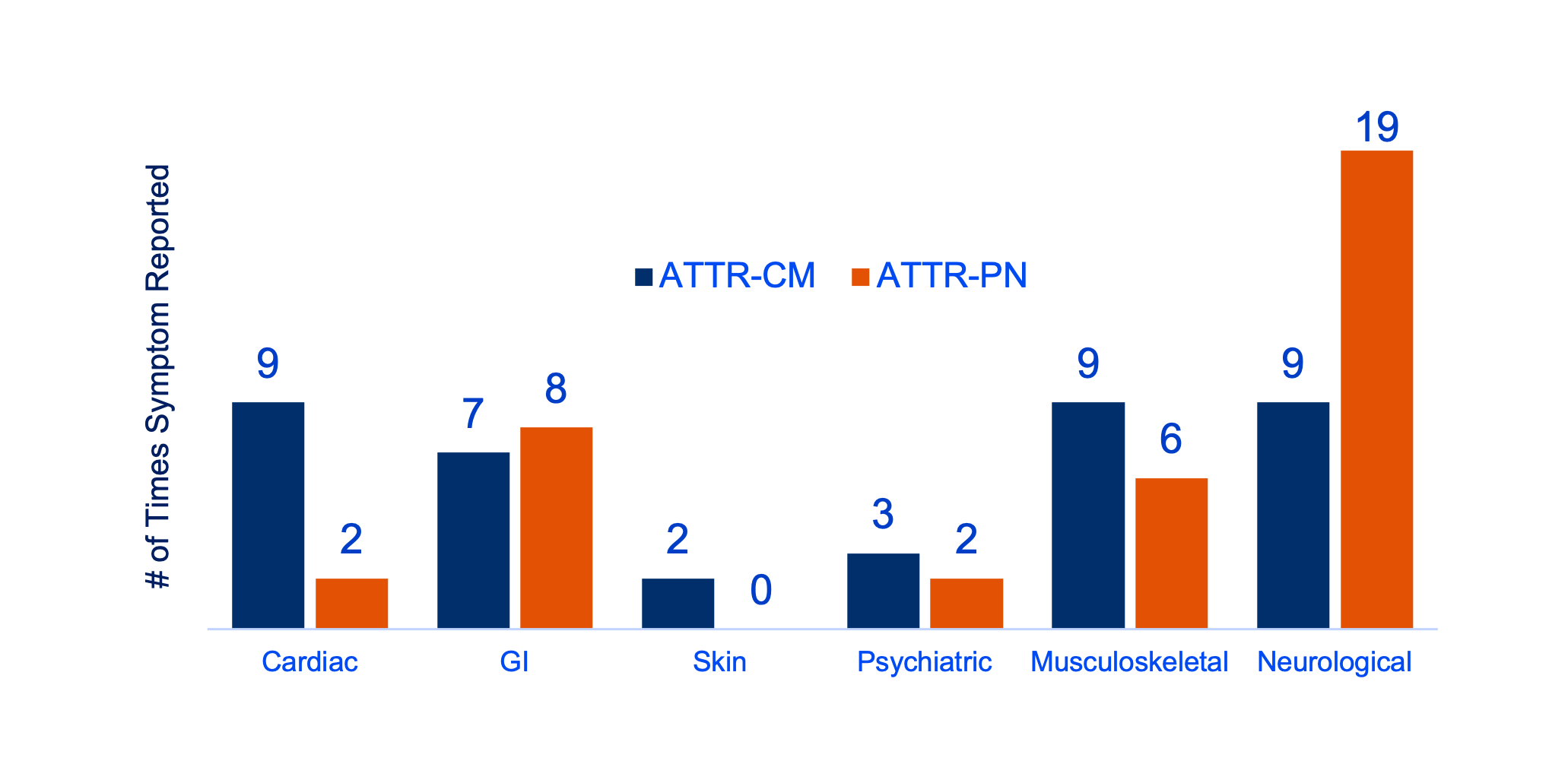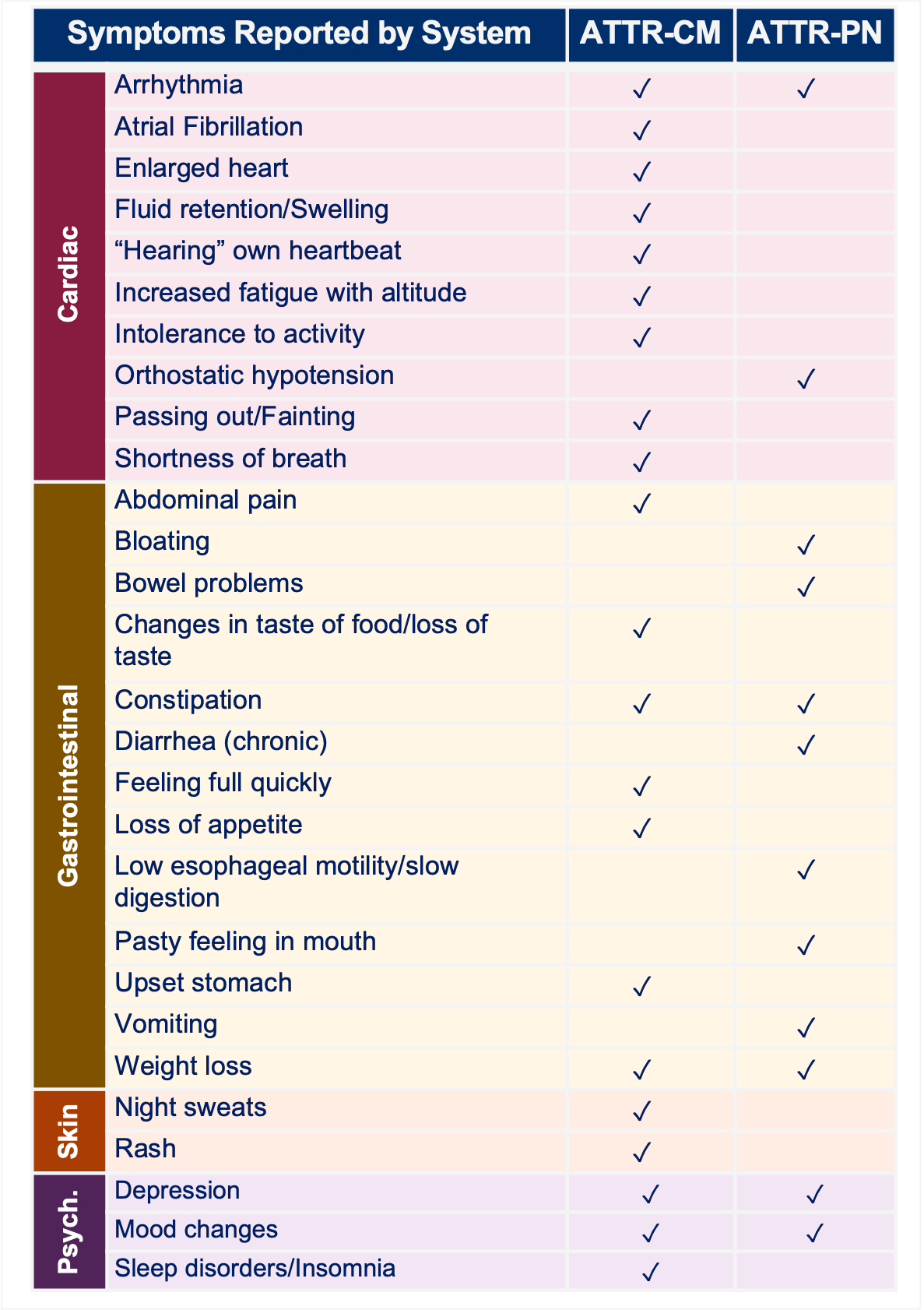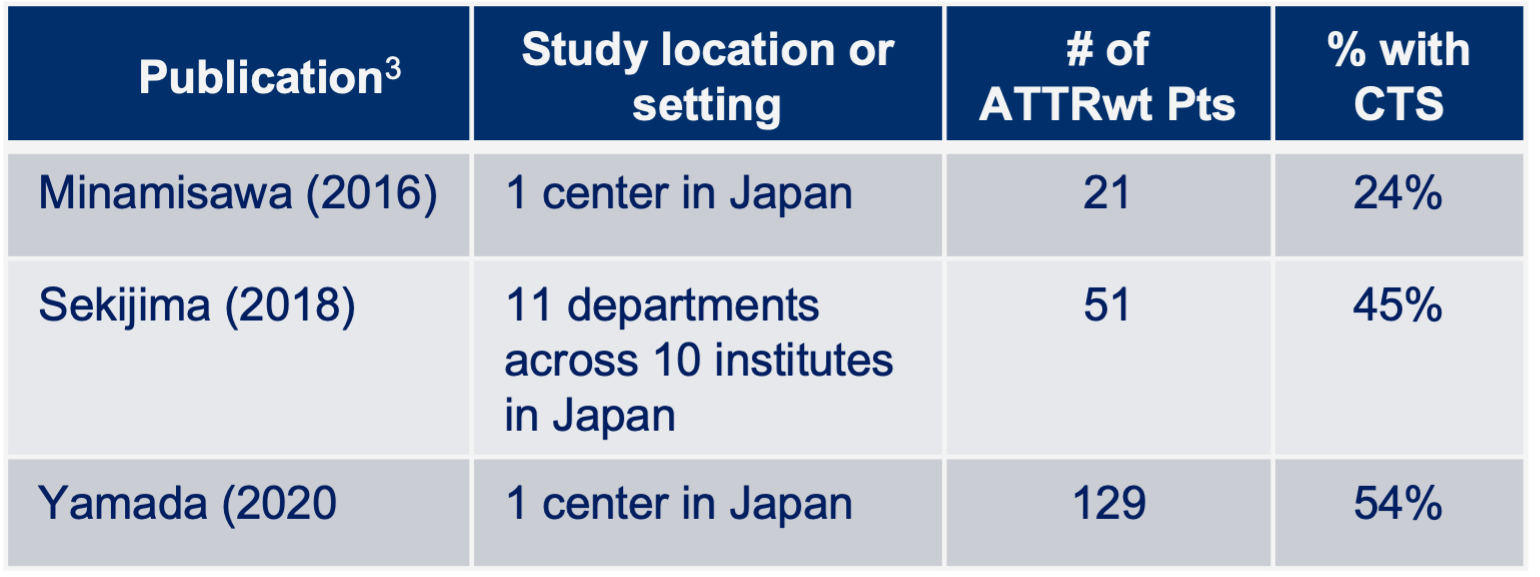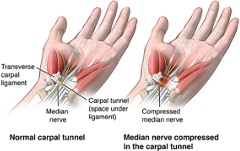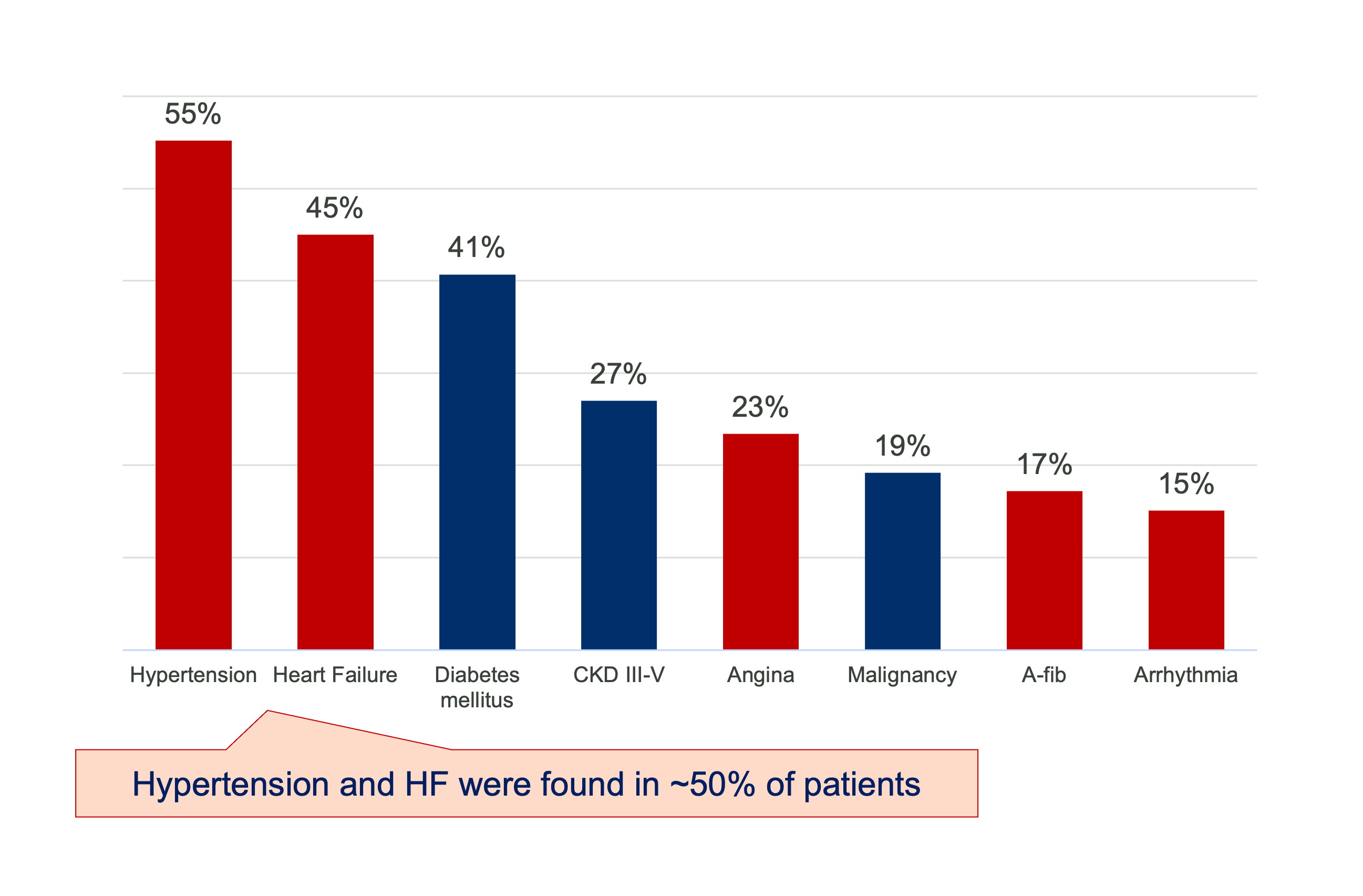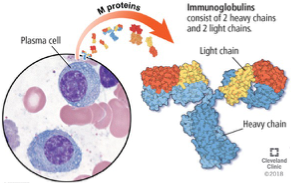Cardiomyopathy (CM) is the hallmark of ATTRwt (ATTRwt-CM) [1,2]; symptoms are often vague and nonspecific, which may cause a delay in diagnosis or a misdiagnosis; patients commonly present with cardiac abnormalities, such as HFpEF and diastolic dysfunction, which are also characteristic of an elderly population
- Heart involvement is seen in almost all symptomatic patients, presenting as progressive heart failure; conduction abnormalities and atrial fibrillation are also common [1]
- Amyloid deposits in the heart make the heart wall stiffen and work inefficiently; eventually this leads to congestive HF with symptoms such as shortness of breath, leg swelling, fatigue, nausea, and an irregular heartbeat or palpitations [8]
-
Nonspecific symptoms may be mistaken for signs of aging, resulting in delayed diagnosis and treatment initiation [3,4]
-
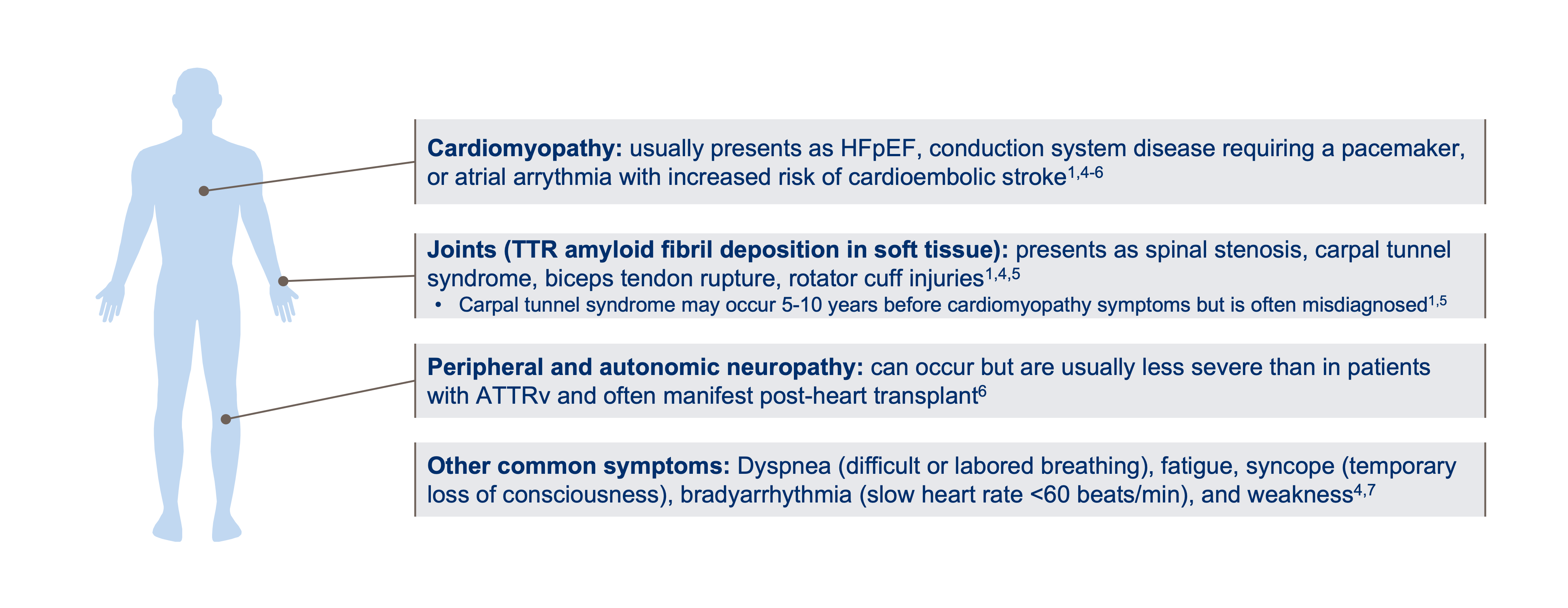
Notes: HF = heart failure; HFpEF = heart failure with preserved ejection fraction
Glossary:
- Arrhythmia, heart beating too fast or too slow with an irregular rhythm
- Cardioembolic stroke, a type of stroke in which the heart pumps a blood clot or plaque debris to the brain, where it blocks blood supply and damages brain tissue
ALXN: Acoramidis for the Treatment of ATTR-CM: Training Deck. November 22, 2021. 34_Acoradmidis Training Deck_22Nov21 FINAL. Citing:
- Muchtar E, et al. J Intern Med. 2021;289:268-292.
- Koike H, Katsuno M. Neurol Ther. 2020;9:317-333.
- Kittleson MM, et al. Circulation. 2020;142:e7-e22. Erratum in: Circulation. 2021;144:e11.
- Yamamato H, Yokochi T. ESC Heart Fail. 2019;6:1128-1139.
- Cuddy SAM, Faulk RH. Can J Cardiol. 2020;36:396-407.
- Ruberg FL, et al. J Am Coll Cardiol. 2019;73:2872-2891.
- Emdin M, et al. Eur Heart J. 2019;40:3699-3706.
- Amyloidosis Research Consortium. Wild-type Amyloidosis. https://arci.org/about-amyloidosis-old/wild-type-amyloidosis/. Accessed December 1, 2021.
- Inomata T, et al. Diagnosis of wild-type transthyretin amyloid cardiomyopathy in Japan: red-!ag symptom clusters and diagnostic algorithm. ESC Heart Failure. 2021. DOI: 10.1002/ehf2.13473.

